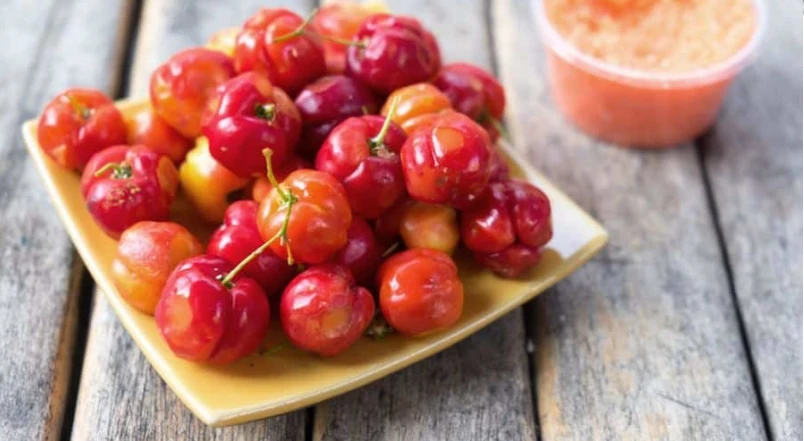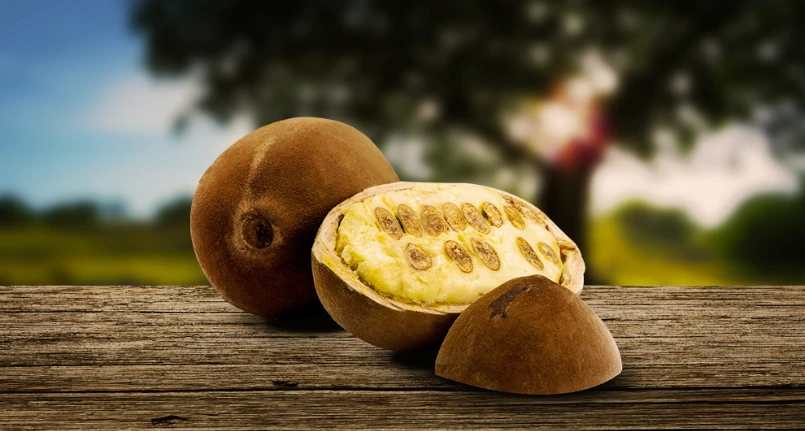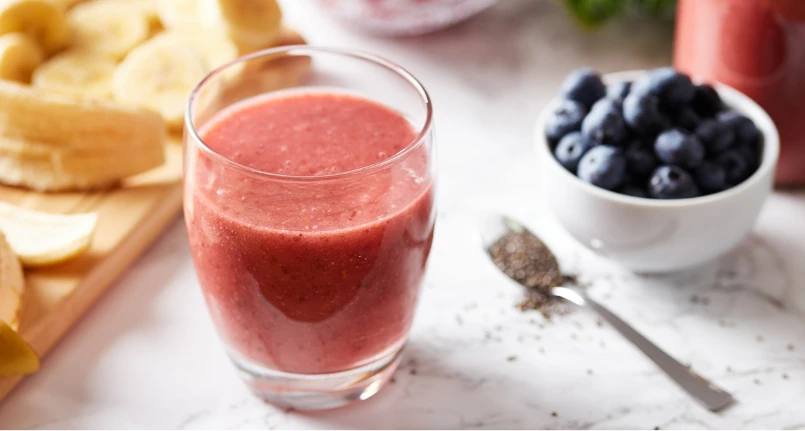Introduction
Yeast is an essential ingredient in many sweet and savory preparations. For baking purposes , it is usually sold as instant or active dry yeast, a tan-colored powder made from a yeast called Saccharomyces cerevisiae .
Dry yeast is activated in the presence of water and sugar when it begins to metabolise sugar. This process activates the production of carbon dioxide bubbles which remain trapped in a thick paste. Then, they expand at room temperature or when exposed to heat, causing the dough to rise.
The fermentation process is due to particular microorganisms (i.e. small fungi) called yeasts : bread and the majority of bakery products , but also cheeses , wine and many other products that are part of the daily diet are obtained thanks to leavening or fermentation .
It is possible to replicate this leavening process without yeast.




